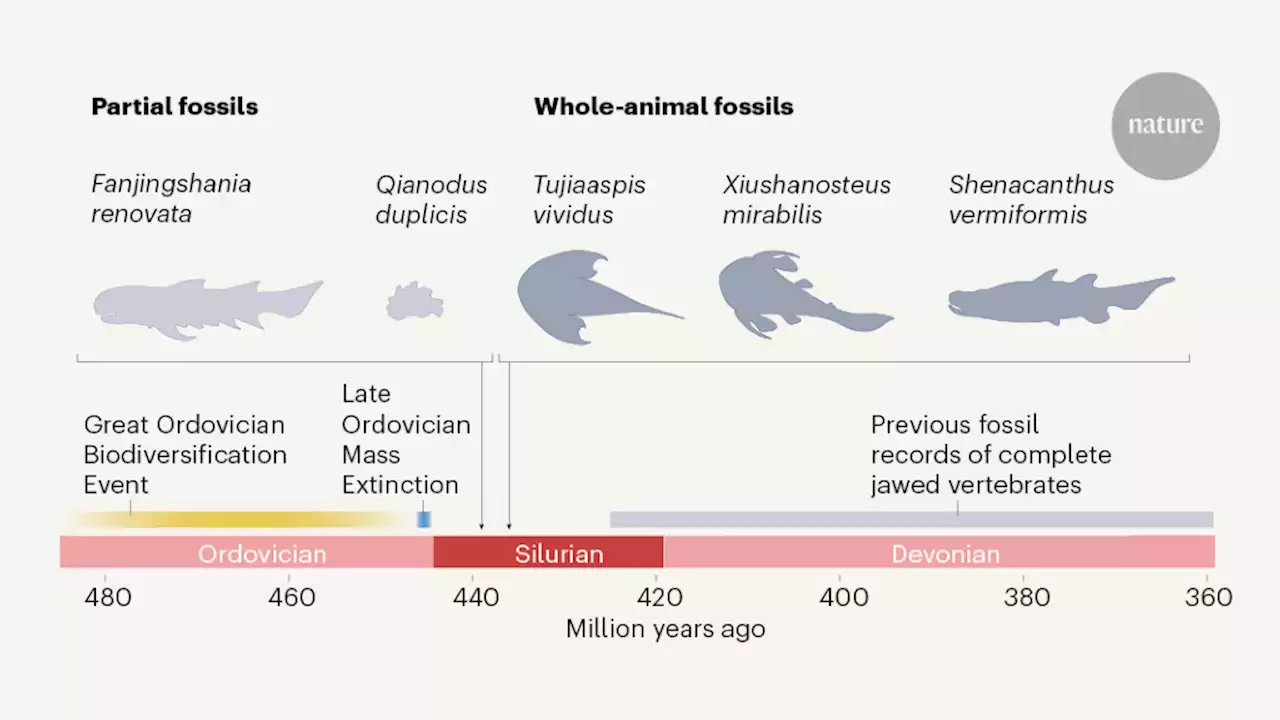Ancient fish from the Silurian period provide evolutionary insights.
. Among them, he found fragments of fossil fish jaws, spines and scales that he noted were “the most ancient beings of their class” and “wholly unlike” the remains found in overlying rock strata.
Murchison’s Silurian scraps contrasted with the abundant, well-preserved fossils of jawed fishes known from younger deposits. Nearly two centuries of palaeontological efforts worldwide have reinforced this pattern.
United States Latest News, United States Headlines
Similar News:You can also read news stories similar to this one that we have collected from other news sources.
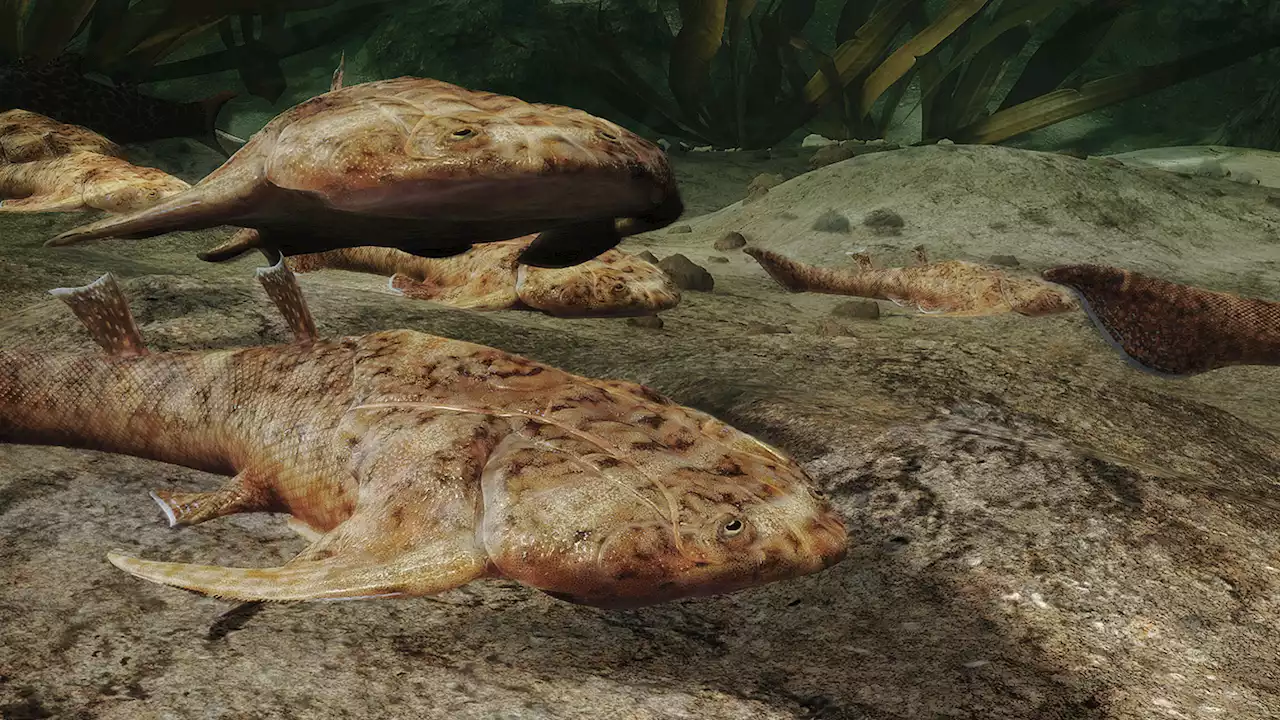 Ancient fish fossils highlight the strangeness of our vertebrate ancestorsNew fossils are revealing the earliest jawed vertebrates — a group that encompasses 99 percent of all living vertebrates on Earth, including humans.
Ancient fish fossils highlight the strangeness of our vertebrate ancestorsNew fossils are revealing the earliest jawed vertebrates — a group that encompasses 99 percent of all living vertebrates on Earth, including humans.
Read more »
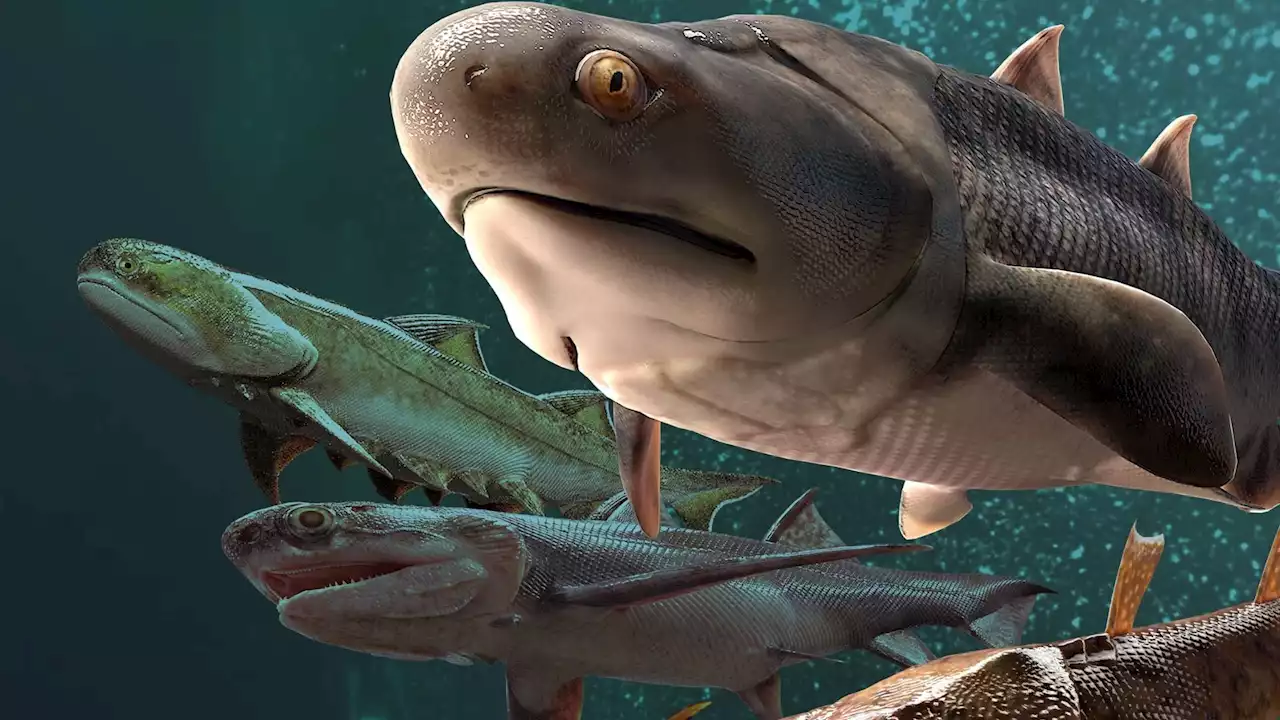 Jawed vertebrates date back to 439 million years ago, a study revealsNew, well-preserved fish fossils from the early Silurian Period sheds light on the first spread and diversity of jawed animals.
Jawed vertebrates date back to 439 million years ago, a study revealsNew, well-preserved fish fossils from the early Silurian Period sheds light on the first spread and diversity of jawed animals.
Read more »
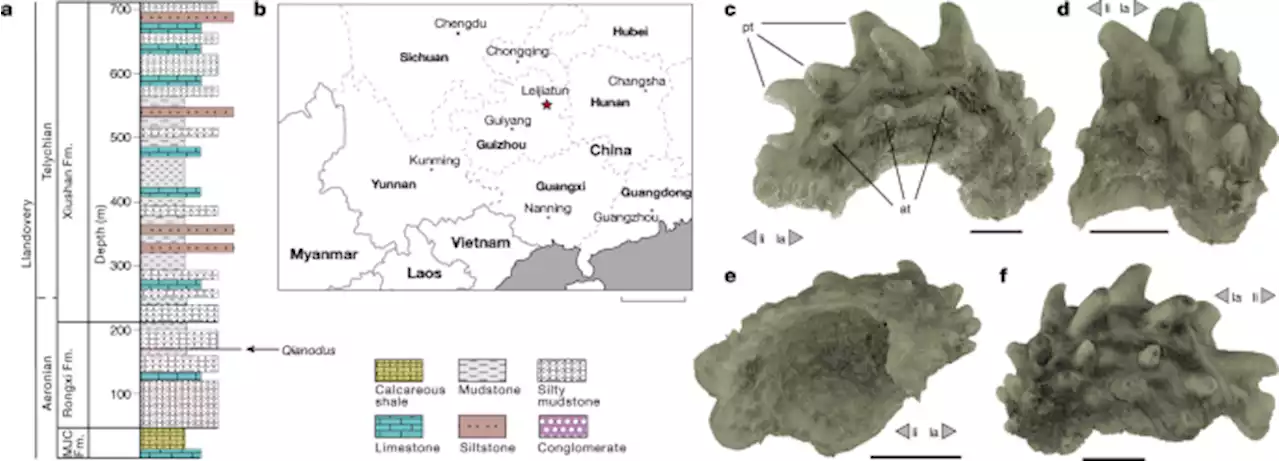 The oldest gnathostome teeth - NatureDirect evidence for the presence of jawed vertebrates in the early Silurian (around 439 million years ago) is provided by isolated tooth whorls of the gnathostome Qianodus duplicis from Guizhou province, China.
The oldest gnathostome teeth - NatureDirect evidence for the presence of jawed vertebrates in the early Silurian (around 439 million years ago) is provided by isolated tooth whorls of the gnathostome Qianodus duplicis from Guizhou province, China.
Read more »
 Spectacular fossil fish reveal a critical period of evolutionBefore animals crawled out of the sea and spread onto land, the appearance of jaws marked a significant time in the development of nearly all living vertebrates, including humans.
Spectacular fossil fish reveal a critical period of evolutionBefore animals crawled out of the sea and spread onto land, the appearance of jaws marked a significant time in the development of nearly all living vertebrates, including humans.
Read more »
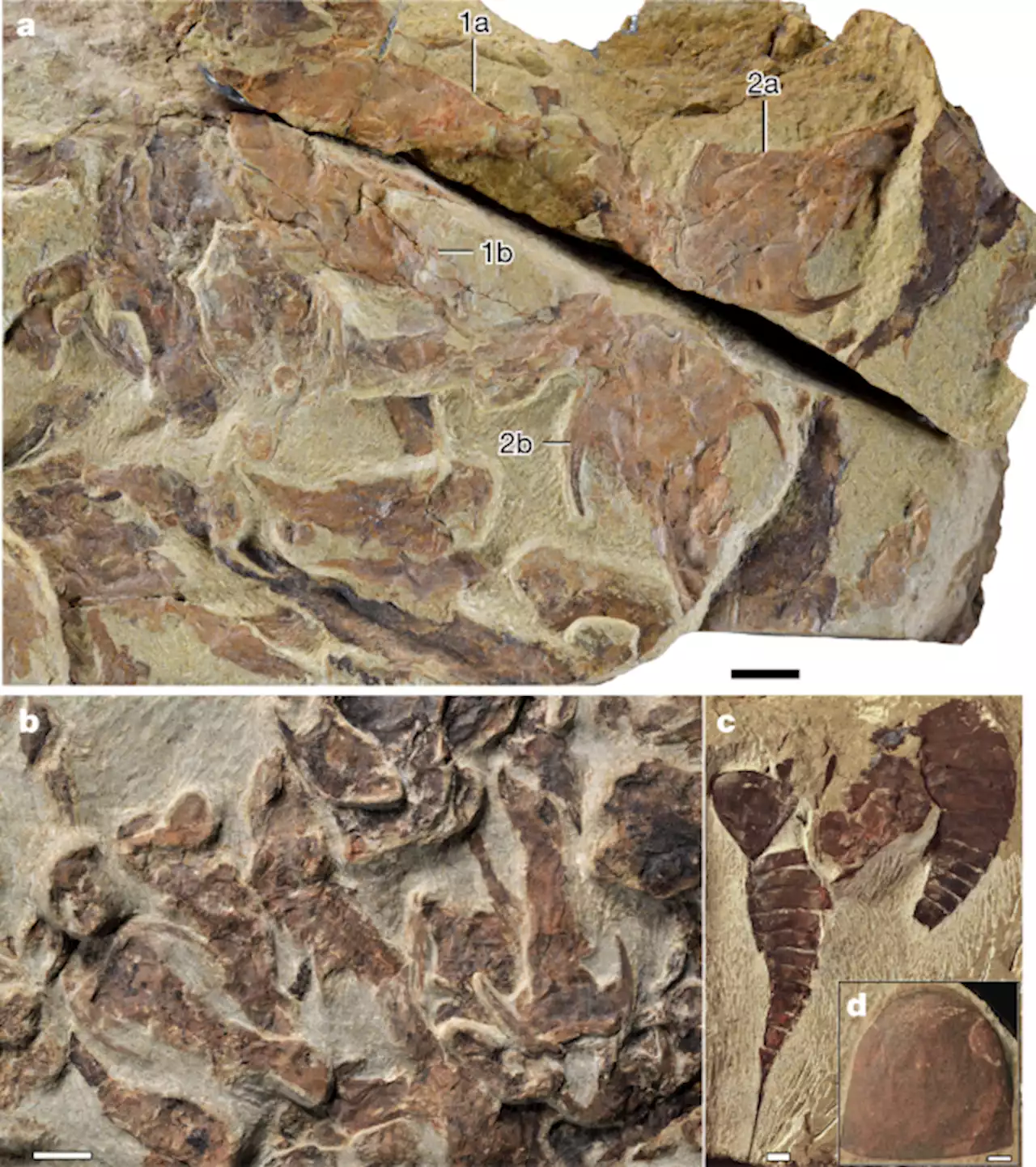 The oldest complete jawed vertebrates from the early Silurian of China - NatureTwo new species of well-preserved jawed fishes with complete bodies from the early Silurian period (Telychian age, around 436 million years ago) of Chongqing, South China are described: a jawed stem gnathostome, Xiushanosteus mirabilis, and a chondrichthyan, Shenacanthus vermiformis.
The oldest complete jawed vertebrates from the early Silurian of China - NatureTwo new species of well-preserved jawed fishes with complete bodies from the early Silurian period (Telychian age, around 436 million years ago) of Chongqing, South China are described: a jawed stem gnathostome, Xiushanosteus mirabilis, and a chondrichthyan, Shenacanthus vermiformis.
Read more »
